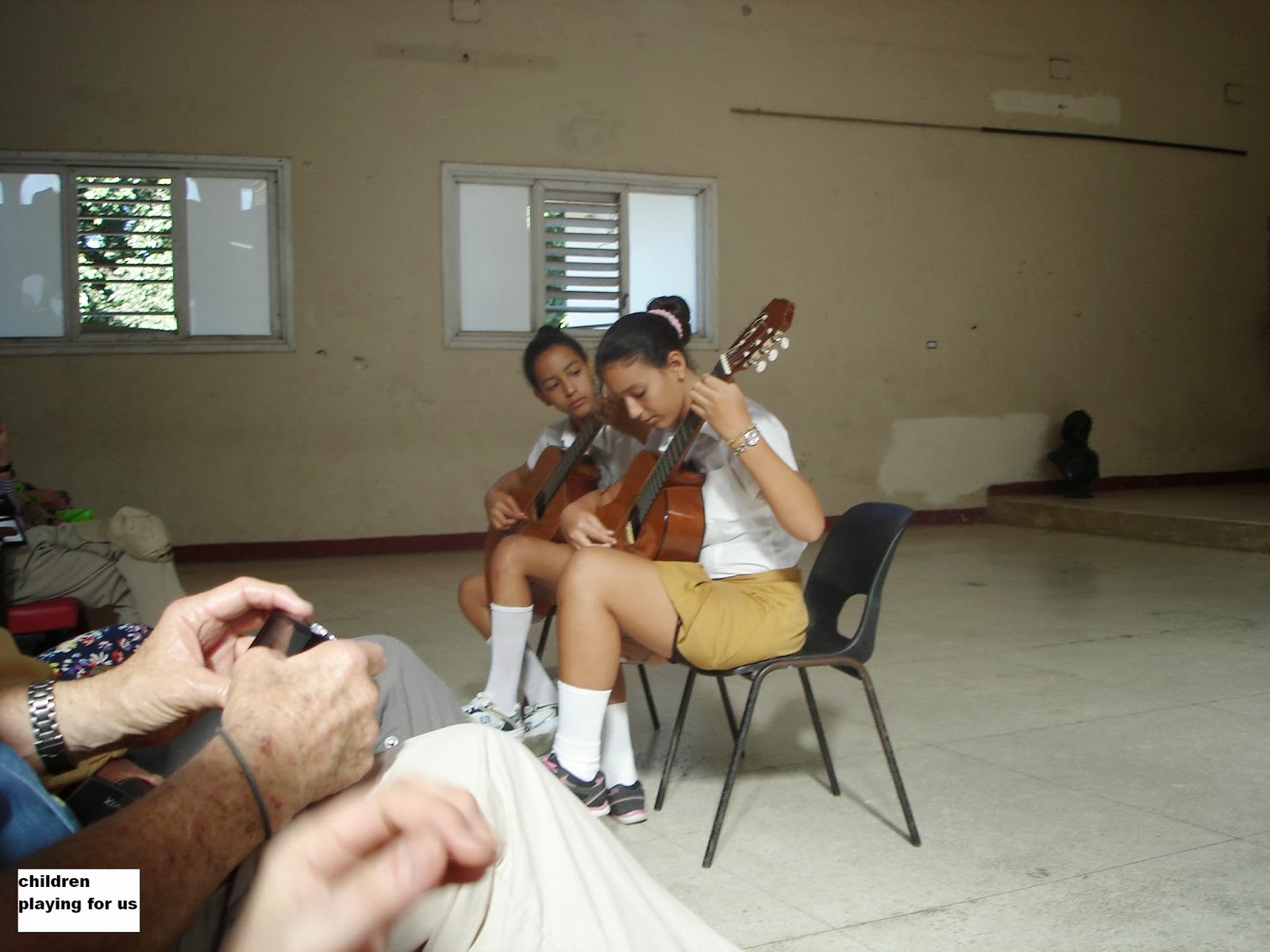by Bonnie Marien
When
I announced to family and friends that I was planning a trip to Cuba,
a frequent response was “Why Cuba?” Other reactions included
“Can people travel to Cuba from the US?,” and “Will you bring
me back some cigars?” The answer to the last two questions was
easy - yes to travel under certain conditions and no to cigars. The
question of why Cuba is a bit more complicated.
If you are a member of Senior College, you have lived with the US government embargo of Cuba for well over 50 years. The history of the embargo is long and tortured. Most of us are familiar with at least some aspects of it. I wanted the opportunity to meet ordinary Cuban people and have access to day-to-day life on the island to judge for myself if this policy still made sense after all this time. The State Department continues to list Cuba as a terrorist nation; yet we have diplomatic relations with Viet Nam, as well as many other such nations. I wondered what special danger Cuba posed to us.
There are a number of ways US citizens can travel to Cuba. The State Department authorizes and grants licenses for travel for educational, religious, cultural, “people to people” and family reunion purposes. Road Scholar (known in the past as Elderhostel) has a license to travel to Cuba under the “people to people” category. This February my daughter and I joined one of the Road Scholar groups for nine days.
If you are a member of Senior College, you have lived with the US government embargo of Cuba for well over 50 years. The history of the embargo is long and tortured. Most of us are familiar with at least some aspects of it. I wanted the opportunity to meet ordinary Cuban people and have access to day-to-day life on the island to judge for myself if this policy still made sense after all this time. The State Department continues to list Cuba as a terrorist nation; yet we have diplomatic relations with Viet Nam, as well as many other such nations. I wondered what special danger Cuba posed to us.
There are a number of ways US citizens can travel to Cuba. The State Department authorizes and grants licenses for travel for educational, religious, cultural, “people to people” and family reunion purposes. Road Scholar (known in the past as Elderhostel) has a license to travel to Cuba under the “people to people” category. This February my daughter and I joined one of the Road Scholar groups for nine days.
As my daughter said at the end of our trip, “I came with no expectations and have been delightfully surprised every step of the way.” We visited schools, artists, art and music after-school programs, museums, and farmers’ markets. We had a lovely time one day at a senior club learning Cuban folk dances. A particular highlight was a leisurely visit to the Hemingway Farm, where he and his third wife lived for 30 years. The home is in perfect condition with Hemingway’s personal belongings as he left them. There are mounted animal heads, hundreds, if not thousands, of books throughout the house and beautiful pieces of art-work. At each turn the Cuban people we interacted with were open and free in inviting us to ask any questions we wanted.
Some of my impressions are that most Cubans are well educated, but there are few jobs for them once they graduate from the universities. All education is free. There is tremendous emphasis on music and art from the earliest of ages. Music is everywhere. Each neighborhood has its own medical clinic with a doctor living in the building. Medical care is free. There is now a dual system of food distribution. There are government ration stores in every neighborhood, but also many farmers’ markets, which are free market based. There are tourists (many tourists) from Canada, Europe and South America - just not from the US. Much work is going on, with the help of Brazil, China and Canada, to build a deep water port, rehabilitate Old Havana and explore for oil off the coast of Cuba. There is so much more to add but this one last thought: yes those old American cars are as fabulous as reported, particularly the convertibles.
 |
| Children playing for us |
 |
| Dancing at the Seniors Club |
 |
| More dancing |
 |
| Hemingway's typewriter |
 |
| Hemingway's study |
 |
| Che Memorial |
 |
| Beautiful old Buick |
photos by Bonnie Marien
For more
information about Western Mountains Senior College visit our website
at http://sad44.maineadulted.org/western_mountains_senior_college



